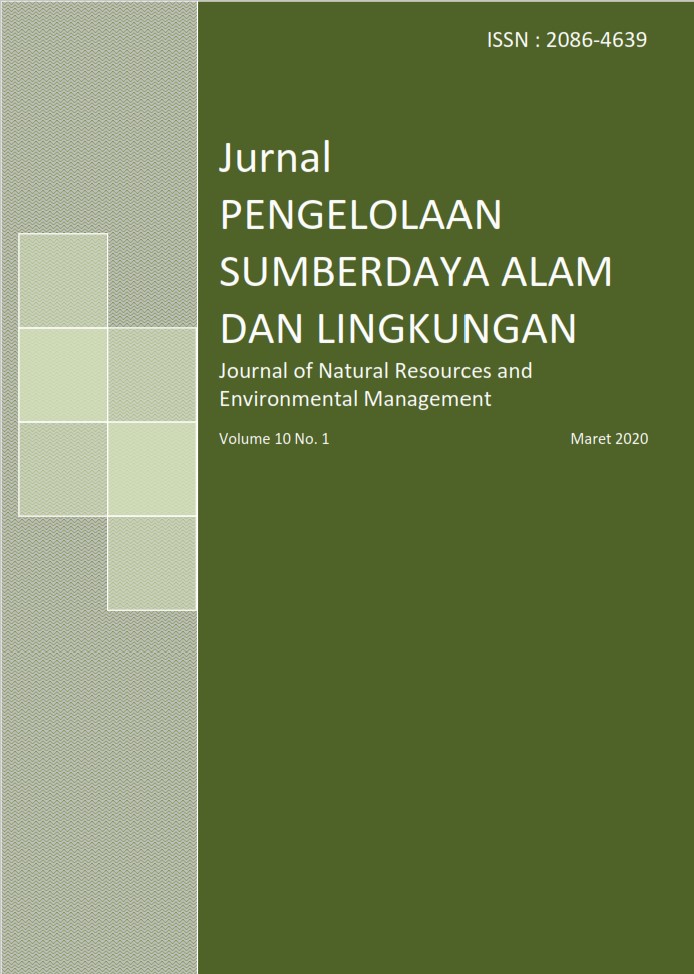Modelling the Habitat Suitability of Hasselt’s Litter Frog (Leptobrachium hasseltii Tschudi 1838) using Geographic Information System in Java Island
Abstract
Hasselt’s litter frogs (Leptobrachium hasseltii Tschudi 1838) is a wide spread species in Java and Sumatra, but there is no specific distribution map for this species. The purpose of this study is to identify the distribution of hasselt’s litter frogs in Java and examine the suitability of it’s using maxent. We used presence data and environment variables consisting of elevation, slope, NDVI (Normalized Difference Vegetation Index), distance from the river, temperature, precipitation, and land cover to evelop the distribution model of this species. Hasselt’s litter frogs in Java depends on forested area with a wide range of elevation (lowland to mountain forests), moderate slope, temperature between 20-21oC and rainfall over 2500 mm/year. The highest number of frogs are found in secondary forest land cover, as supported by NDVI values between 0.8 to 0.9 and relatively close to the river. Habitat model constructed are robust with AUC (Area Under Curve) value of 0.951. Environmental variables that most affectted habitat for hasselt’s litter frog are land cover, temperature, and slope.
References
Lilik Budi Prasetyo
Muhammad Irfansyah Lubis
Authors
Authors who publish with this journal agree to the following terms:
- Authors retain copyright and grant the journal right of first publication with the work simultaneously licensed under a Creative Commons Attribution License that allows others to share the work with an acknowledgement of the work's authorship and initial publication in this journal.
- Authors are able to enter into separate, additional contractual arrangements for the non-exclusive distribution of the journal's published version of the work (e.g., post it to an institutional repository or publish it in a book), with an acknowledgement of its initial publication in this journal.
- Authors are permitted and encouraged to post their work online (e.g., in institutional repositories or on their website) prior to and during the submission process, as it can lead to productive exchanges, as well as earlier and greater citation of published work (See The Effect of Open Access).





